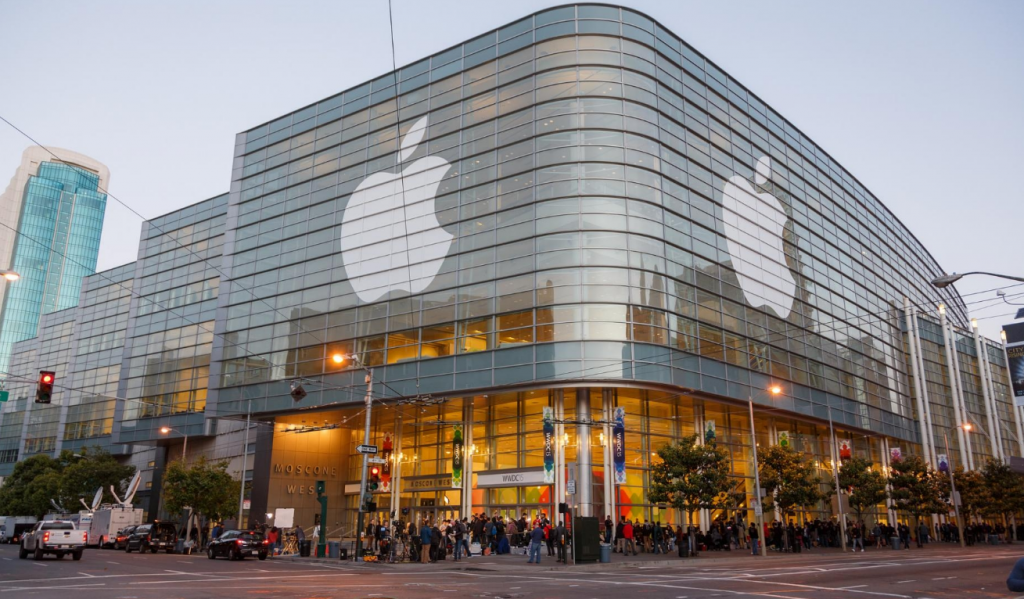Charles Spinelli Highlights Real-Life Examples of Competitive Resilience Navigating Change
The ability to adapt to change and build resilience is crucial for long-term success. Charles Spinelli explores compelling case studies of businesses that have effectively adapted their management strategies to navigate change and build resilience. These real-world examples provide valuable insights into how organizations can thrive amidst adversity and uncertainty.

Netflix is a prime example of a company that has successfully adapted its management strategies to stay competitive and resilient in the face of industry disruption. Originally a DVD rental service, Netflix recognized the shifting consumer preferences towards online streaming and pivoted its business model accordingly. By investing heavily in original content production and leveraging data analytics to personalize recommendations, Netflix transformed itself into a leading global streaming platform. This strategic shift not only enabled Netflix to stay ahead of traditional competitors but also fend off emerging rivals in the streaming space. By continually innovating and responding to changing market dynamics, Netflix has built a resilient business model that continues to thrive in an increasingly competitive market.
Case Study 2: Amazon
Amazon’s journey from an online bookstore to the world’s largest e-commerce platform is a testament to its ability to adapt and innovate in response to evolving customer needs and market trends. Over the years, Amazon has diversified its product offerings, expanded into new markets, and invested heavily in technology and infrastructure to stay ahead of the competition. One key aspect of Amazon’s resilience is its customer-centric approach, focusing on delivering exceptional service and convenience to its customers. Additionally, Amazon has embraced innovation and experimentation, launching new products and services such as Amazon Web Services (AWS) and Amazon Prime to drive growth and profitability. By staying agile and responsive to market changes, Amazon has built a resilient business that continues to dominate the e-commerce landscape.
Case Study 3: Apple
Apple’s transformation from a niche computer company to a global technology powerhouse is a classic example of successful management adaptation and resilience. Under the leadership of Steve Jobs, Apple underwent a series of strategic shifts, including the introduction of iconic products such as the iPod, iPhone, and iPad. Charles Spinelli mentions that these innovations not only revolutionized their respective industries but also propelled Apple to the forefront of the technology sector. One key factor behind Apple’s resilience is its relentless focus on innovation and design excellence. By investing heavily in research and development and maintaining a strong brand identity, Apple has been able to stay ahead of competitors and maintain its position as a market leader. Additionally, Apple has diversified its revenue streams by expanding into services such as Apple Music, iCloud, and the App Store, reducing its reliance on hardware sales. Through strategic adaptation and diversification, Apple has built a resilient business that continues to drive innovation and shape the future of technology.
Case Study 4: Coca-Cola
Coca-Cola’s ability to adapt its management strategies in response to changing consumer preferences and market dynamics has enabled it to maintain its position as a global leader in the beverage industry. Over the years, Coca-Cola has diversified its product portfolio, introducing new brands and flavors to cater to evolving consumer tastes. Additionally, Coca-Cola has embraced innovation in packaging and marketing, launching initiatives such as Coca-Cola Freestyle machines and personalized marketing campaigns to engage consumers and drive sales. By staying agile and responsive to changing market trends, Coca-Cola has built a resilient business that continues to thrive in an increasingly competitive industry.
Case Study 5: Microsoft
Microsoft’s transformation from a software company to a cloud computing giant is a prime example of successful management adaptation and resilience. Under the leadership of Satya Nadella, Microsoft has undergone a strategic shift towards cloud-based services and subscription-based business models. By investing heavily in platforms such as Azure and Office 365, Microsoft has positioned itself as a leader in the rapidly growing cloud computing market. Additionally, Microsoft has embraced open-source software and collaboration with competitors, signaling a departure from its traditional closed-door approach. Through strategic adaptation and innovation, Microsoft has built a resilient business that continues to drive growth and profitability in a rapidly changing industry.
The case studies of Netflix, Amazon, Apple, Coca-Cola, and Microsoft highlight the importance of adaptability and resilience in today’s business environment. Charles Spinelli points out that by effectively adapting their management strategies to navigate change and capitalize on emerging opportunities, these companies have been able to maintain their competitive edge and drive long-term success. As businesses continue to face unprecedented challenges and uncertainties, the lessons learned from these case studies provide valuable insights into how organizations can thrive in the face of adversity and uncertainty.
Charles Spinelli writes about different topics on business. Read his blogs by clicking on this link.





